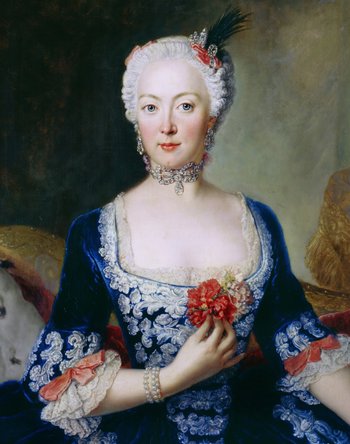
Indus Valley Civilization
Lapis lazuli was used to create decorative items by the Indus Valley Civilization in parts of present day Afghanistan, Pakistan and India. This civilization thrived from 3300 BC to 1300 BC and is considered one of the three earliest civilizations alongside Ancient Egypt and Ancient Mesopotamia.
Ancient Egypt
The Ancient Egyptians used lapis lazuli to symbolize the heavens in art and religious items such as amulets. This was sourced from Afghanistan and indicates the existence of long-distance ancient trading routes. This supply appears to have been interrupted for several centuries in the Second and Third Dynasties of ancient Egypt. Lapis Lazuli is prominently featured in the Mask of Tutankhamun, considered the best known ancient art work and a priceless artifact of world heritage.
Book of Exodus
Lapis lazuli appears in the Book of Exodus, the second book of the Bible where it is mentioned as one of the 12 jewels in the sacred breastplate worn by the High Priest of the Israelites.
Jewish Folklore
In Jewish folklore, lapis lazuli is considered an auspicious gemstone as its blue symbolizes the heavens and it is often speckled with gold colored pyrite, that symbolizes wealth.
Anicent Mine
Lapis lazuli has been mined from the Sar-i Sang mines in Afghanistan for about 9,000 years. Surprisingly this isn't the World's oldest mine as the Ngwenya Mine, a haematite mine in Eswatini is thought to be around 100,000 years old. Sar-i Sang produced much of the lapis lazuli used in ancient and medieval ages. Its output is prized for this reason. For example, it's associated with some of the world's most valuable artifacts, particularly the Mask of Tutankhamun.
Ultramarine
Lapis lazuli was historically crushed to make a blue pigment that was used in Europe in the late middle ages. This was imported from Afghanistan and was known as ultramarine, literally "beyond the sea." Ultramarine is used in the well known painting Girl with a Pearl Earring by Johannes Vermeer. The painting features a European girl with a blue ultramarine colored turban and a large pearl earring. At the time of the painting, pearls were amongst the most expensive gemstones. As such, it has also been suggested that the earring is polished tin.
Christian Culture
As ultramarine was an extremely expensive pigment in the middle ages, artists used it sparingly for important works and subjects. Specifically, a culture emerged of using ultramarine to depict Mary, the mother of Jesus. For this reason, the Virgin Mary is associated with the color ultramarine and more generally with the color blue.
Royal Blue
Ultramarine was the most expensive pigment used in Medieval Europe. As such, it became associated with high status institutions such as royalty. Colors such as royal blue, queen blue and imperial blue are all dark shades of ultramarine.
Jewelry
In the modern-era, lapis lazuli is viewed as a semi-precious gemstone that is used in jewelry and other high value items.


Notes
In the middle ages, Europeans commonly referred to lapis lazuli with the same words they used for sapphire. This is strange as it seems improbable that anyone could confuse the two. For example, sapphire has a hardness of 9 on the mohs scale and lapis lazuli is 5–5.5.As with many gemstones, there are modern synthetic versions of lapis lazuli that are essentially fake. It is not considered ethical to market synthetic gemstones without labeling them as such.Lapis lazuli is prominently featured in the video game Minecraft, where it is required to enchant items.| Overview: Lapis Lazuli | ||
Type | ||
Definition | A type of deep blue semi-precious stone that has been mined since the stone age. | |
Also Known As | LapisLazurite | |
Mohs Hardness | 5.0 to 5.5 | |
Related Concepts | ||







































